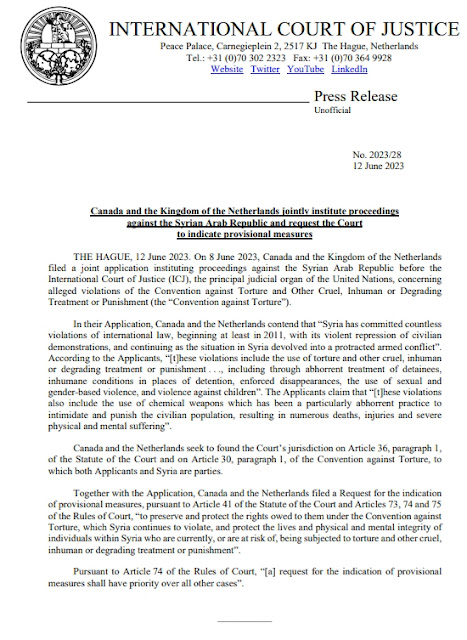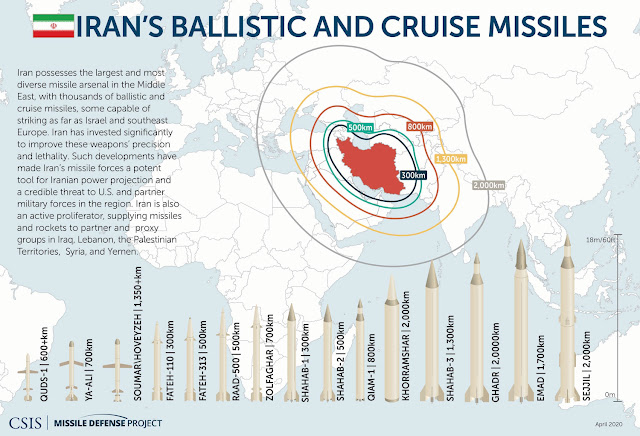Op-Ed: Science and Diplomacy
The Washington Times, August 17, 2005
Michael B. d'Arcy, Science and Technology Fellow, Foreign Policy Studies
Michael A. Levi, Nonresident Science Fellow, Foreign Policy Studies
From the beginning of the war on terrorism, both the Bush administration and its critics have touted the value of public diplomacy—the art of bringing peoples, rather than governments, to America's side. The recent confirmation of Karen Hughes, a close confidant of the president, as undersecretary of state for public diplomacy and public affairs puts an influential figure in charge of leading a revamped effort. As Mrs. Hughes seeks to make headway in the Islamic world, she should take advantage of an unlikely tool: the appeal of American science and technology. Just as the United States worked through scientific networks to promote its values during the Cold War, it should be reaching out through scientists and engineers today.
A Pew survey of six predominantly Muslim countries, released last month, confirmed that majorities in all the countries surveyed had negative views of the United States. Yet last June, a Zogby International poll of six Arab states found that in all but one, American science and technology were viewed favorably by a majority (often overwhelming) of the population. (Even in the exception, Saudi Arabia, 48 percent approved; in Morocco, Jordan, and the United Arab Emirates, over 80 percent admired American science and technology.) No other aspect of American society—not movies, not education, not even democracy—attracted as much support. Such disparities suggest an important opportunity for the United States to leverage the positive image of its science and technology as it seeks to improve its standing in the Islamic world.
Indeed, science and technology are ideally suited to fostering the "four Es"—engagement, exchanges, education, empowerment—that Mrs. Hughes has emphasized as being the core of public diplomacy.
The United States has an encouraging track record of engagement in science and technology with the Islamic world. Seismologists have been working with partners in the Middle East and Central Asia to anticipate earthquakes. Scientists in Morocco have worked with American universities under grants funded by the National Science Foundation. USAID has worked with food scientists in Sub-Saharan Africa to harness biotechnology. This cooperation, though laudable, is but a start; the United States can do better. Many opportunities remain unexploited, from cooperation in developing science education and research networks, to promoting clean water, to equipping Islamic world industrialists to join the high-technology world, as a few of them—most notably in Malaysia—already have.
The next two "Es," exchange and education, work closely together. The United States has been strong here—in the 2000-2001 academic year, more than 70,000 students from majority-Muslim states studied in the United States, and, by our estimates, between 10,000 and 30,000 of those studied science or engineering. Those who return home enrich their societies' scientific bases, while those who stay in the United States provide links for their compatriots who remain abroad.
However, despite being a shining example of American efforts, this area has seen problems since September 11. Reacting to the genuine and troubling dangers posed by advanced technology in the wrong hands, the United States clamped down hard on student visas, and the number of visitors sharply declined. In the short term, such crude measures may have been inevitable, but with time to reflect, a more nuanced policy that balances the real, and mutual, benefit from exchange should be possible. The State Department has taken important steps in this direction, but must do more.
There can be little doubt that strengthening the science and technology capacities of Islamic-world states, through engagement, exchange and education, can empower their populations. By helping solve basic societal problems, whether in health or safety, science and technology can help to provide the social stability needed for economic and political development. Scientific education permits economic progress. And by engaging with industry, American science and technology can help Islamic-world societies build upon this base. Of course, caution is essential: the wrong technology in the wrong hands can be empowering in far more threatening ways. But the great promise of empowering whole populations demands that we meet this conflict head-on and develop creative solutions, rather than withdraw.
Almost every obstacle faced in using science and technology to reach out to the Islamic world was confronted and surmounted before, when the United States used science to reach behind the Iron Curtain. Then, the United States was able to craft a careful but effective policy for harnessing science and technology's appeal, to mutual advantage. It can do the same today.
The Washington Times, August 17, 2005
Michael B. d'Arcy, Science and Technology Fellow, Foreign Policy Studies
Michael A. Levi, Nonresident Science Fellow, Foreign Policy Studies
From the beginning of the war on terrorism, both the Bush administration and its critics have touted the value of public diplomacy—the art of bringing peoples, rather than governments, to America's side. The recent confirmation of Karen Hughes, a close confidant of the president, as undersecretary of state for public diplomacy and public affairs puts an influential figure in charge of leading a revamped effort. As Mrs. Hughes seeks to make headway in the Islamic world, she should take advantage of an unlikely tool: the appeal of American science and technology. Just as the United States worked through scientific networks to promote its values during the Cold War, it should be reaching out through scientists and engineers today.
A Pew survey of six predominantly Muslim countries, released last month, confirmed that majorities in all the countries surveyed had negative views of the United States. Yet last June, a Zogby International poll of six Arab states found that in all but one, American science and technology were viewed favorably by a majority (often overwhelming) of the population. (Even in the exception, Saudi Arabia, 48 percent approved; in Morocco, Jordan, and the United Arab Emirates, over 80 percent admired American science and technology.) No other aspect of American society—not movies, not education, not even democracy—attracted as much support. Such disparities suggest an important opportunity for the United States to leverage the positive image of its science and technology as it seeks to improve its standing in the Islamic world.
Indeed, science and technology are ideally suited to fostering the "four Es"—engagement, exchanges, education, empowerment—that Mrs. Hughes has emphasized as being the core of public diplomacy.
The United States has an encouraging track record of engagement in science and technology with the Islamic world. Seismologists have been working with partners in the Middle East and Central Asia to anticipate earthquakes. Scientists in Morocco have worked with American universities under grants funded by the National Science Foundation. USAID has worked with food scientists in Sub-Saharan Africa to harness biotechnology. This cooperation, though laudable, is but a start; the United States can do better. Many opportunities remain unexploited, from cooperation in developing science education and research networks, to promoting clean water, to equipping Islamic world industrialists to join the high-technology world, as a few of them—most notably in Malaysia—already have.
The next two "Es," exchange and education, work closely together. The United States has been strong here—in the 2000-2001 academic year, more than 70,000 students from majority-Muslim states studied in the United States, and, by our estimates, between 10,000 and 30,000 of those studied science or engineering. Those who return home enrich their societies' scientific bases, while those who stay in the United States provide links for their compatriots who remain abroad.
However, despite being a shining example of American efforts, this area has seen problems since September 11. Reacting to the genuine and troubling dangers posed by advanced technology in the wrong hands, the United States clamped down hard on student visas, and the number of visitors sharply declined. In the short term, such crude measures may have been inevitable, but with time to reflect, a more nuanced policy that balances the real, and mutual, benefit from exchange should be possible. The State Department has taken important steps in this direction, but must do more.
There can be little doubt that strengthening the science and technology capacities of Islamic-world states, through engagement, exchange and education, can empower their populations. By helping solve basic societal problems, whether in health or safety, science and technology can help to provide the social stability needed for economic and political development. Scientific education permits economic progress. And by engaging with industry, American science and technology can help Islamic-world societies build upon this base. Of course, caution is essential: the wrong technology in the wrong hands can be empowering in far more threatening ways. But the great promise of empowering whole populations demands that we meet this conflict head-on and develop creative solutions, rather than withdraw.
Almost every obstacle faced in using science and technology to reach out to the Islamic world was confronted and surmounted before, when the United States used science to reach behind the Iron Curtain. Then, the United States was able to craft a careful but effective policy for harnessing science and technology's appeal, to mutual advantage. It can do the same today.


